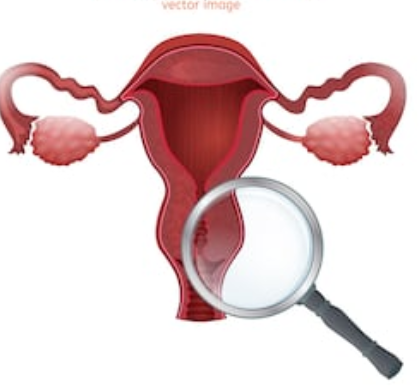Researchers have demonstrated a new device that can trap and analyze single cells for HPV-related cervical cancer screening. The device uses an array of wells for single cells to sit in, each with microscopic electrodes lining the bottom, and an electrical phenomenon known as dielectrophoresis to trap those cells for analysis. The design, said author Soo Hyeon Kim, was inspired by the game Pachinko, in which small steel balls navigate a board studded with brass pins toward baskets that denote various prizes. “Major challenges were trapping suspended cells at the single-cell level and analyzing them using antibodies with minimum loss of trapped cells,” he said.
“By just putting a small structure behind the microwell, the cells were efficiently stayed in the microwells even with the unstable flow used for delivery of reagents. “Immunostaining involves creating antibodies that can enter a cell and bind to target proteins and fluoresce. Cells containing higher levels of two proteins related to cellular growth and proliferation, called p16 and Ki-67, reliably indicate the presence of cancerous cells. Such techniques, though, often require researchers to carefully prepare one cell at a time.
This can be particularly problematic, since sometimes not all cells from the same cancerous show the same abnormal behavior. The group’s approach, called electroactive microwell array with barriers (EMAB), is one of the first to combine electrostatic forces from each well’s electrodes with a physical structure that acts as a Pachinko basket for each cell.
During experiments, the device effectively trapped 98% of the cells that passed through it and was able to hold on to 92% of them before analyzing them using immunofluorescent staining. Kim said that combining EMAB with p16/Ki67 dual immunostaining could be a useful tool to provide molecular evidence that might help pathologists make a cervical cancer diagnosis. He hopes the technique evolves and can be adapted for use in diagnosing ovarian cancer and circulating tumor cells.
Source: American Institute of Physics


